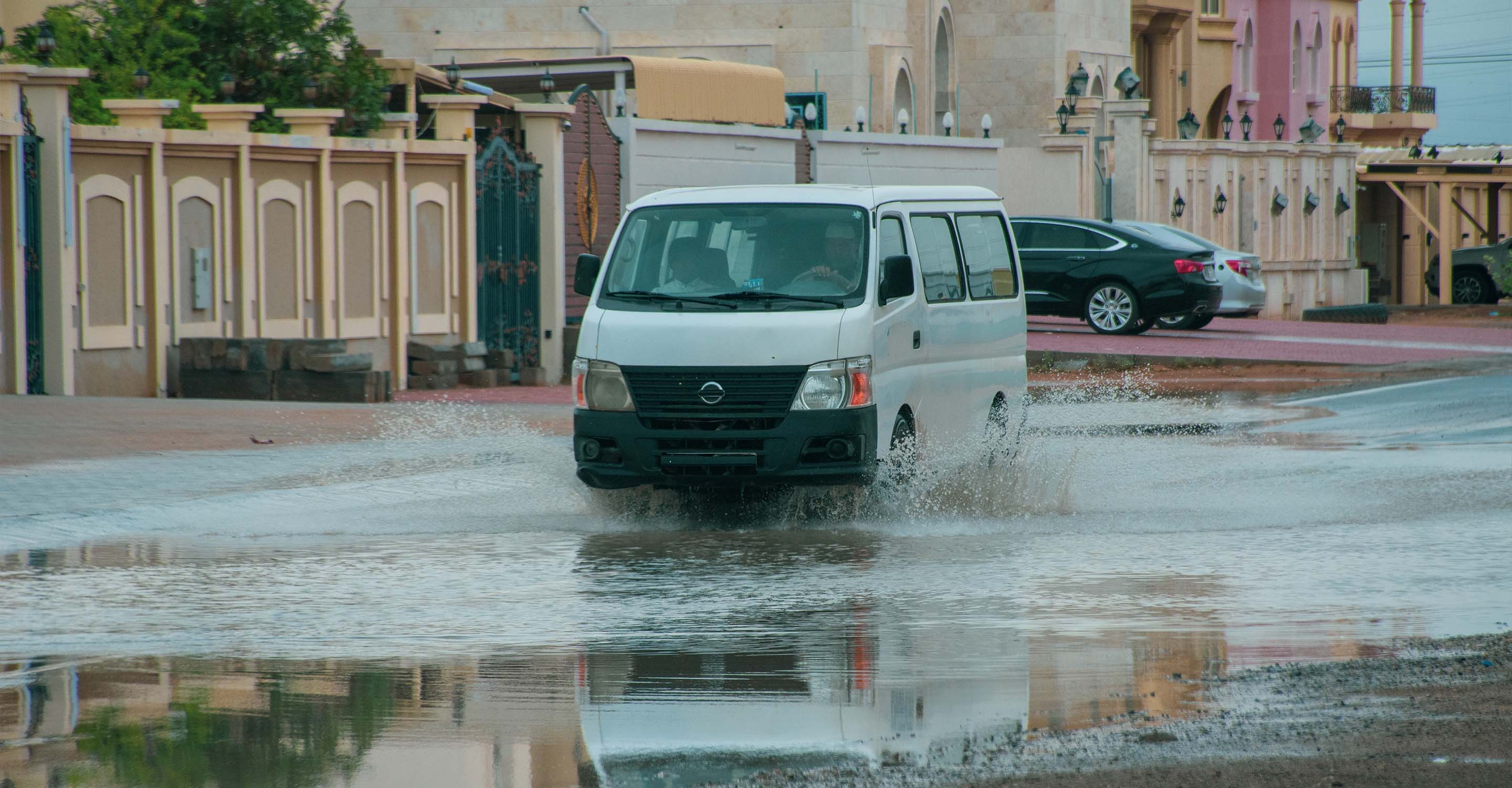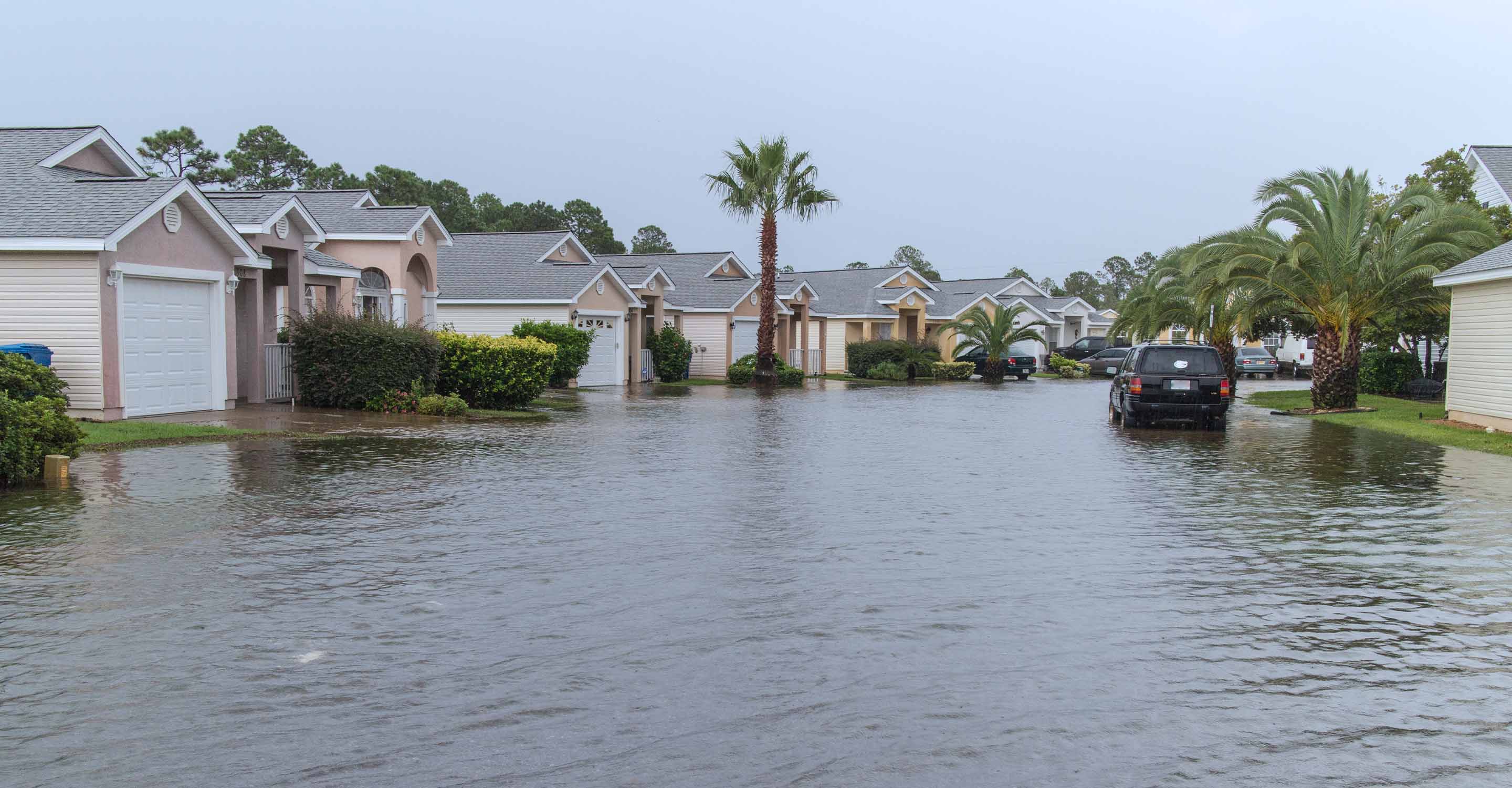Chelyabinsk air quality map
Live air pollution map of Chelyabinsk
53.9K people follow this city
Full screen
Contributors
1
Stations
1
Contributors category
0
Government
0
Non-profit organization
0
Educational
0
Corporate
1
Individual
0
Anonymous
Most polluted air quality stations
| # | station | US AQI |
|---|---|---|
| 1 | KOPEISK | 0 |
Health Recommendations
| Enjoy outdoor activities | |
| Open your windows to bring clean, fresh air indoors GET A MONITOR |
Become a contributor
Get an AirVisual Outdoor and contribute to collecting millions of data points for the Chelyabinsk map to track local air pollution
Understand air pollution and protect yourself
Chelyabinsk MAP AIR QUALITY ANALYSIS AND STATISTICS
What valuable information about air quality can be found on the air pollution map for Chelyabinsk?
The air pollution map for Chelyabinsk is very easy to access from the main city page. Just clicking on the map icon will encourage the new page to open which is full of information about air quality.
The first noticeable thing about the air pollution map will be the overall colour of the background. This is a direct reflection of the current air quality. Presently it is a green colour which represents “Good” air quality. The meaning of all the different colours is explained in the legend at the bottom of the screen. These are standard colours which are used throughout the entire site. There will also be some coloured discs dotted across the page. These show the location of the ground-level air monitoring stations. If a station is of particular interest, a left click will open another page which is dedicated to the information revealed by that station. These discs all display a number at their centre, this is the US AQI reading from that station.
The US AQI number is calculated by measuring the levels of six of the most commonly found pollutants in the city air. These are usually Particulate Matter (PM2.5 and PM10), ozone, nitrogen dioxide, sulphur dioxide and carbon monoxide. The number is then used as a metric when comparing air quality in different cities across the globe. The whole system is endorsed by the World Health Organisation (WHO).
Looking back at the main city page, it can be seen that in September 2022, Chelyabinsk was enjoying a period of “Good” quality air with a US AQI reading of 45. PM2.5 was the benchmark pollutant with a recorded level of 11 µg/m³. The target figure as suggested by the WHO is 5 µg/m³ which puts Chelyabinsk just over twice the recommended level.
Looking just below the air pollution map can be seen the number of stations that provide the data and who controls and operates them. In September 2022 there was just one station which was operated by an individual person.
Is there any other important information on the air pollution map for Chelyabinsk?
So as to gain the most information from the air pollution map for Chelyabinsk, it needs to be viewed in full-screen mode or some of the information will remain obscured. Only in this way will the drop-down list on the far left-hand side of the screen be visible.
This shows a choice of four options which can be turned on or off individually in order to explore their functionality.
The first choice will show the location of the ground-level air monitoring stations which are active. Clicking on one of the discs will encourage a new page to open which will be dedicated to that specific area of the city. The second option shows the location of any fire which may be burning in the vicinity. There are currently three fires towards the north and the east. By consulting the fourth option which shows the speed and direction of the prevailing winds, it will help show where the smoke from the fires will blow. It looks like the smoke from the fire towards the east could blow across the city. The two fires in the north will have their smoke blown away from the city.
The third option can be quite dramatic as it changes the overall colour of the map to reflect the current air quality. If the overall colour is too intense and misleading it can be deactivated and the colours will revert to normal colours expected to be seen on a map.
Across on the far-right side of the screen can be seen a table which ranks world cities according to their level of air pollution. Some cities may come as a surprise because they are not generally thought of as being heavily polluted.
More information can be seen directly beneath the map. Here is a list showing the areas of higher levels of air pollution. There is only one station in Chelyabinsk that provides data so it is both the dirtiest and the cleanest as there are no others.
Is it possible to see the source of the air pollution on the air quality map for Chelyabinsk?
The source of the polluted air is not directly shown on the air pollution map for Chelyabinsk, however, the main source of air pollution in the city is a metallurgical plant (OJSC MMK) with a complete metallurgical cycle, the emissions of which make up about 98% of emissions from stationary sources. The industrial site of the plant is located in the centre of the city, along the left bank of the Ural River, and therefore, in almost any direction of the wind, one or another residential area is affected by emissions from the metallurgical plant.
The ecology of Chelyabinsk is characterized by the constant announcement of days with adverse weather conditions, which occur when there is calm and light wind, which causes the accumulation of emissions in the lower atmosphere.
PM2.5 is the benchmark pollutant on the air quality map for Chelyabinsk, but what is it?
PM2.5 particles are suspended solid microparticles and tiny liquid droplets (10 microns - 2.5 microns in diameter) contained in the air.
The primary source of some of the particles are from small pieces of soot, car tyres and asphalt, nitrates, sulphates and heavy metal oxides. If we talk about soot, then coal is a good adsorbent. Toxic compounds are deposited on soot particles during the operation of the internal combustion engine. As a result, soot acquires a "poisonous" content. Moreover, fine particles can be released into the air due to agricultural activities, since ammonia fertilizers are often used there.
They are produced as secondary particles as a result of the chemical reaction of nitrogen and sulphur oxides with water vapour in the atmosphere. First, acids are obtained, and already salts of the nitrate and sulphate groups fall out of them.
Fine dust is also dangerous because when it is inhaled daily, there is no instant negative reaction. They have a cumulative effect that leads to serious health problems. That is why the WHO report refers to the chronic effects of these particles on the human body, to which residents of megacities are exposed every day.
Chelyabinsk air quality data attribution
1Contributor
- sergey
1 station
Individual Contributor
1 Data source








